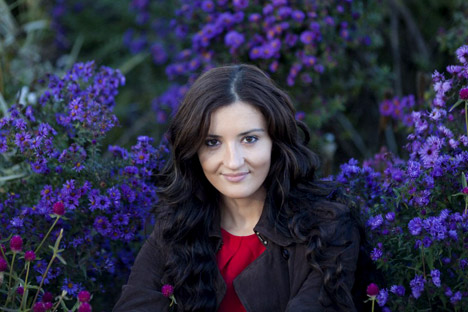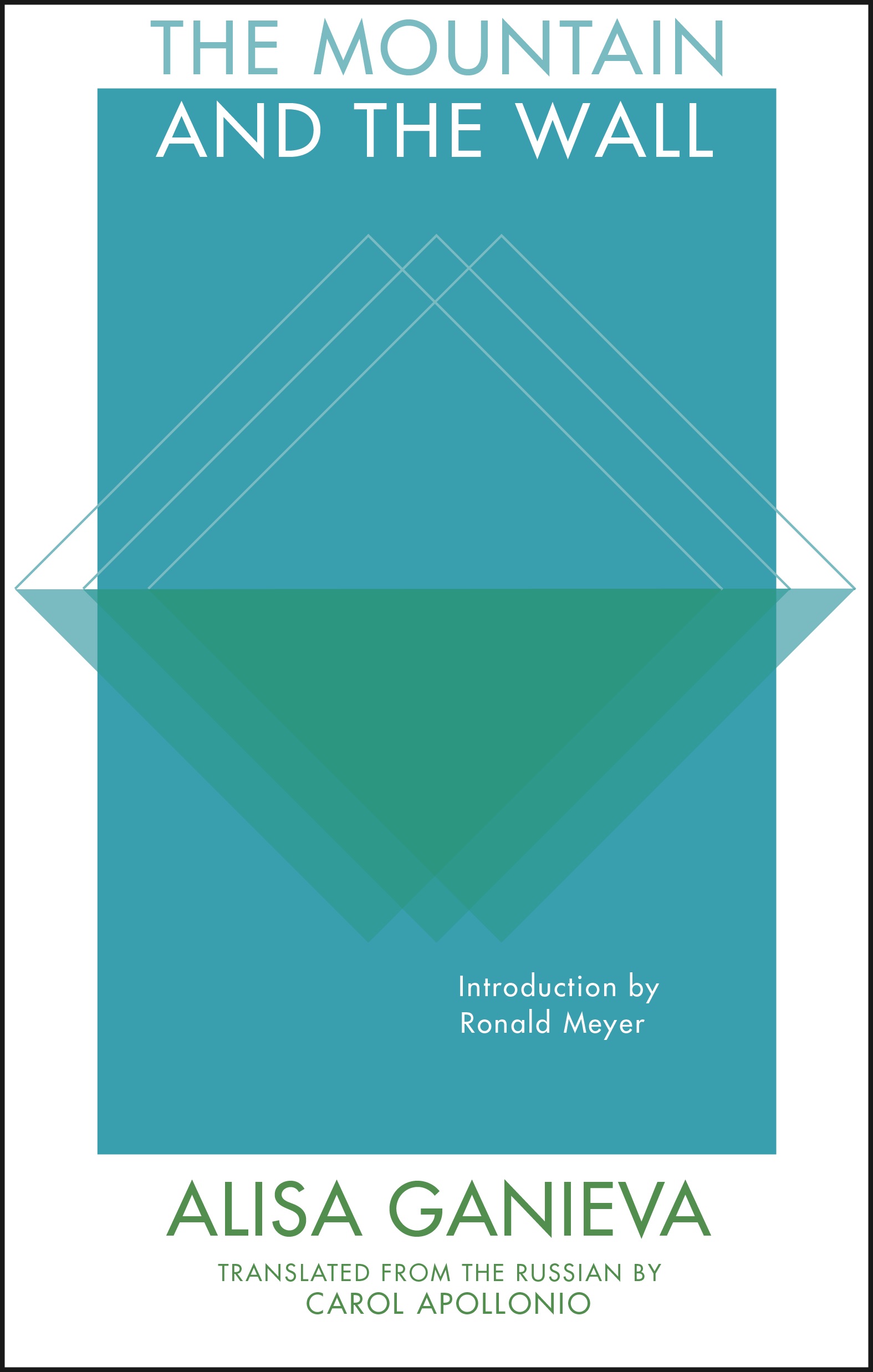
 |
| The Mountain and the Wall by Alisa Ganieva, Deep Vellum, June 2015 |
It is hard to imagine a more topical theme than how ordinary people could ever turn to a twisted, despotic version of Islam. The setting for Alisa Ganieva’s The Mountain and the Wall is Russia’s mainly Muslim Republic of Dagestan, sandwiched between war-torn Chechnya and the Caspian Sea. The landscape is beautifully evoked; the ideas explored are relevant worldwide. Ganieva’s family come from the largest of Dagestan’s many ethnic groups, the Avars. She was educated in Moscow, but grew up in Dagestan’s coastal capital city, Makhachkala.
In her dystopian-yet-real version of Makhachkala, there are rumors that the Russian authorities are planning to build a Berlin-style wall to isolate the troublesome Caucasus from the rest of the country. Shamil, a young Dagestani reporter, wanders the streets, watching varied protests and the violent imposition of Sharia law.
Translator Carol Apollonio has skilfully navigated the stylistic labyrinths of Ganieva’s prose. Poems, Soviet fables, unpublished novels, notebooks, holiday reminiscences, diaries and dreams are spliced into a fiction that manages to be compelling despite its detours. A glossary at the end translates local words, which pepper the text, and occasionally explains their double meanings. There are glimpses of the Lezgian, Kumyk and Avar languages alongside the Islamic words that become the new lexis of the insurgents (invoking salihs and suras, inveighing against murads and munafiqs). The Arabic word abdal, literally “slave of Allah”, Ganieva glosses with the dry comment: “Among the Avars it means “fool”.
Despite the influence of the Caucasus on Russian writers like Tolstoy and Lermontov, a Dagestani perspective is new for most Western readers. Ganieva vividly portrays the disrupted patterns of contemporary life, the disjuncture between the rational, modern world and the primitive extremism that threatens it. She harnesses the tropes of apocalyptic fiction: mobile phone blackouts, boarded-up airports, anarchy, the rise of cults, just as Emily St. John Mandel does in the recent bestseller Station Eleven. Like Mandel, Ganieva is less interested in the mechanics of the doomsday scenario than its social and psychological repercussions.
Images of disaster, real and imagined, form a flickering background: morbid jokes about bus bombings or senseless glimpses on the news of “guard towers, armed soldiers, barbed wire, women screaming incoherently.” The foreground dramas are the protagonists’ differing reactions: Shamil’s girlfriend, Madina, dons a hijab and heads for the hills to marry a murderous zealot; his restless young cousins are excited, “ready for something to happen.” Some people drink alone; others roam the dark streets “proclaiming monotheism.”
Arip, a Moscow-educated mathematician, returns to Dagestan to find his world “split in two.” In one powerful scene, he sees the museum’s collection of intricate antiques smashed, prehistoric bronze statuettes melted down and recast as slogans. A pavement bonfire of “idolatrous” art from several continents and religions becomes a potent image: Christian saints and plaster Madonnas, mythical birds and mountain tribesmen. “They melted and fused in the heat” while oil paint “dripped down flaming canvasses like tears.”
All rights reserved by Rossiyskaya Gazeta.
Subscribe
to our newsletter!
Get the week's best stories straight to your inbox